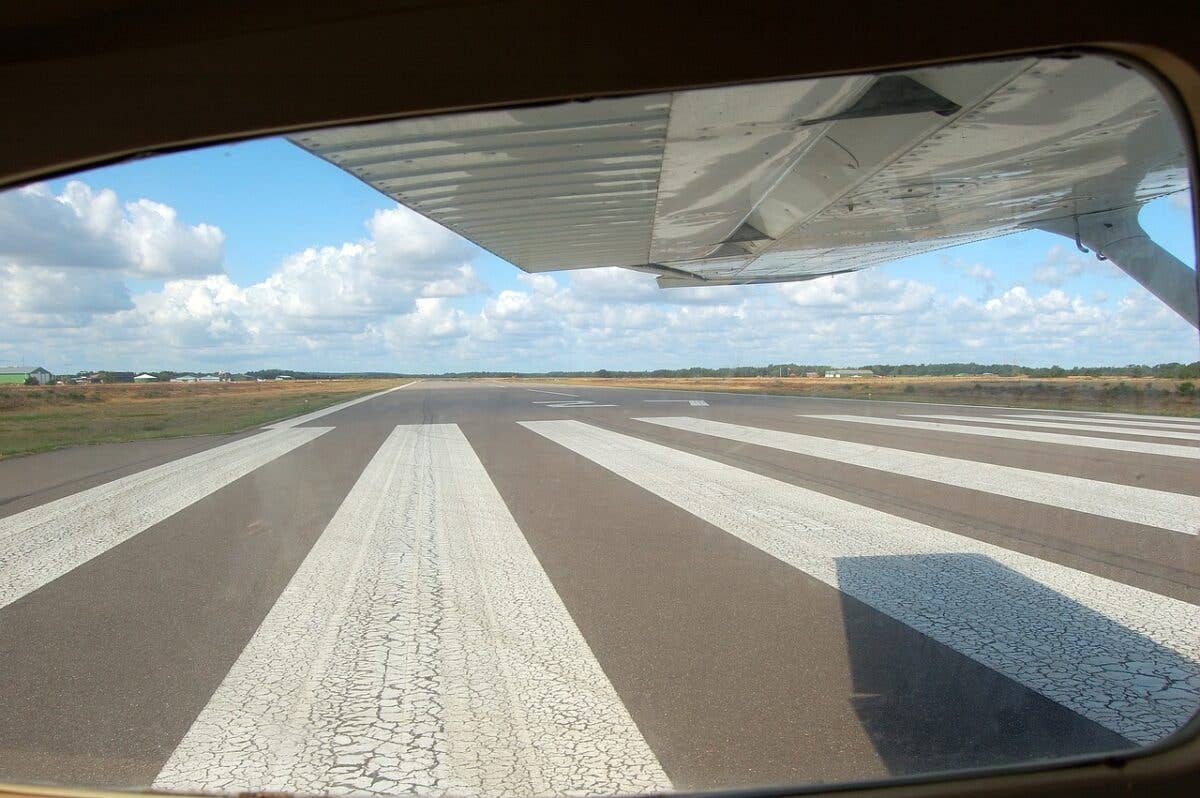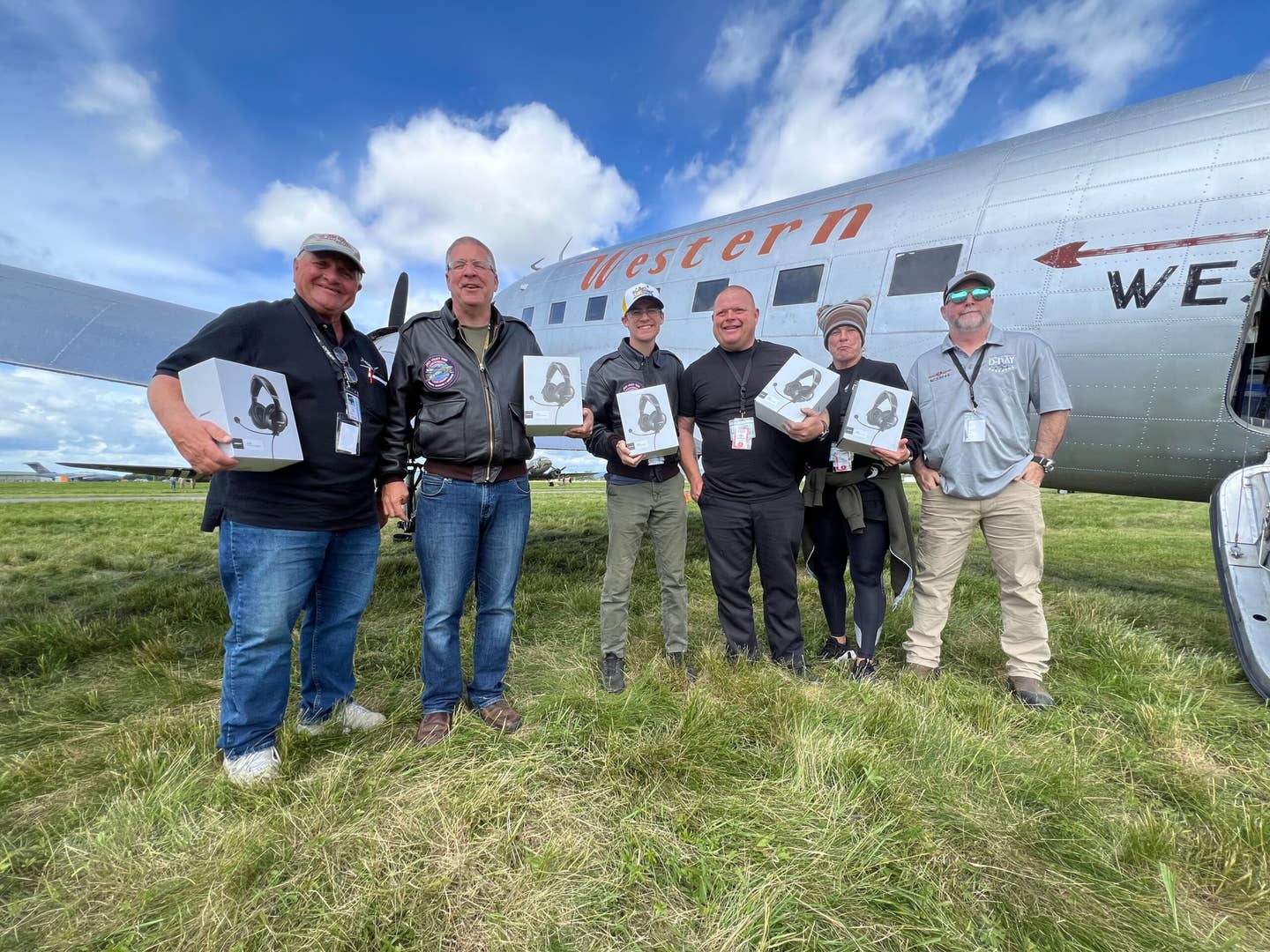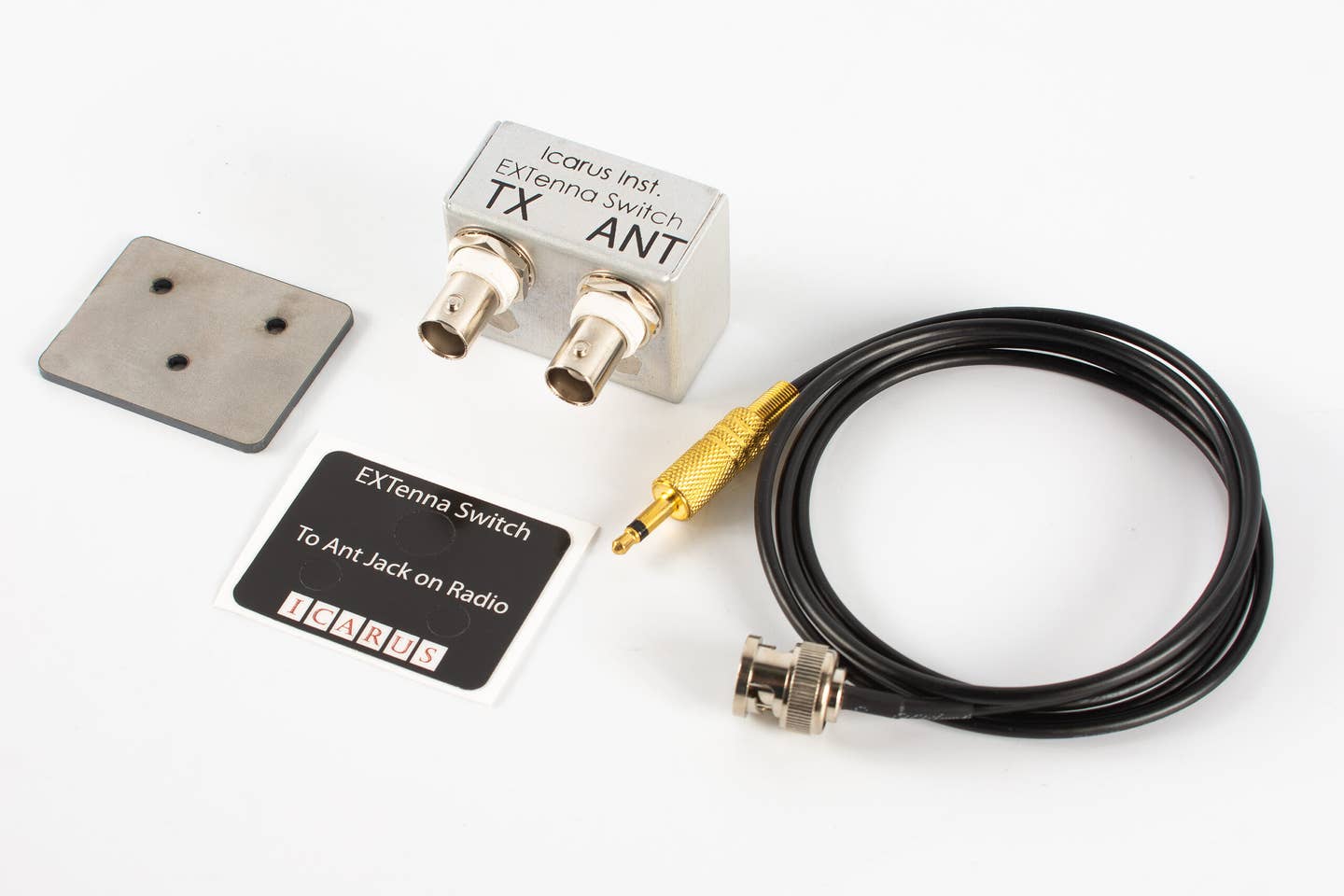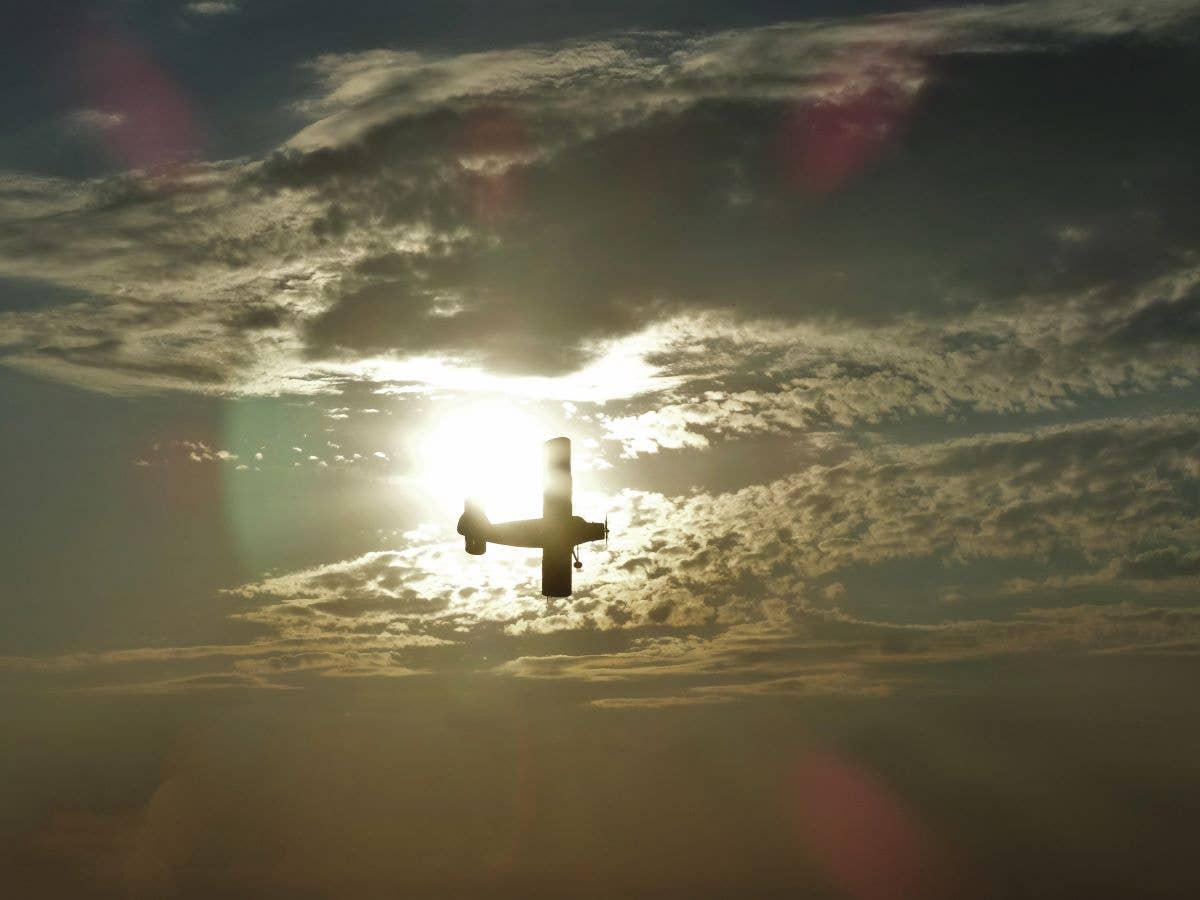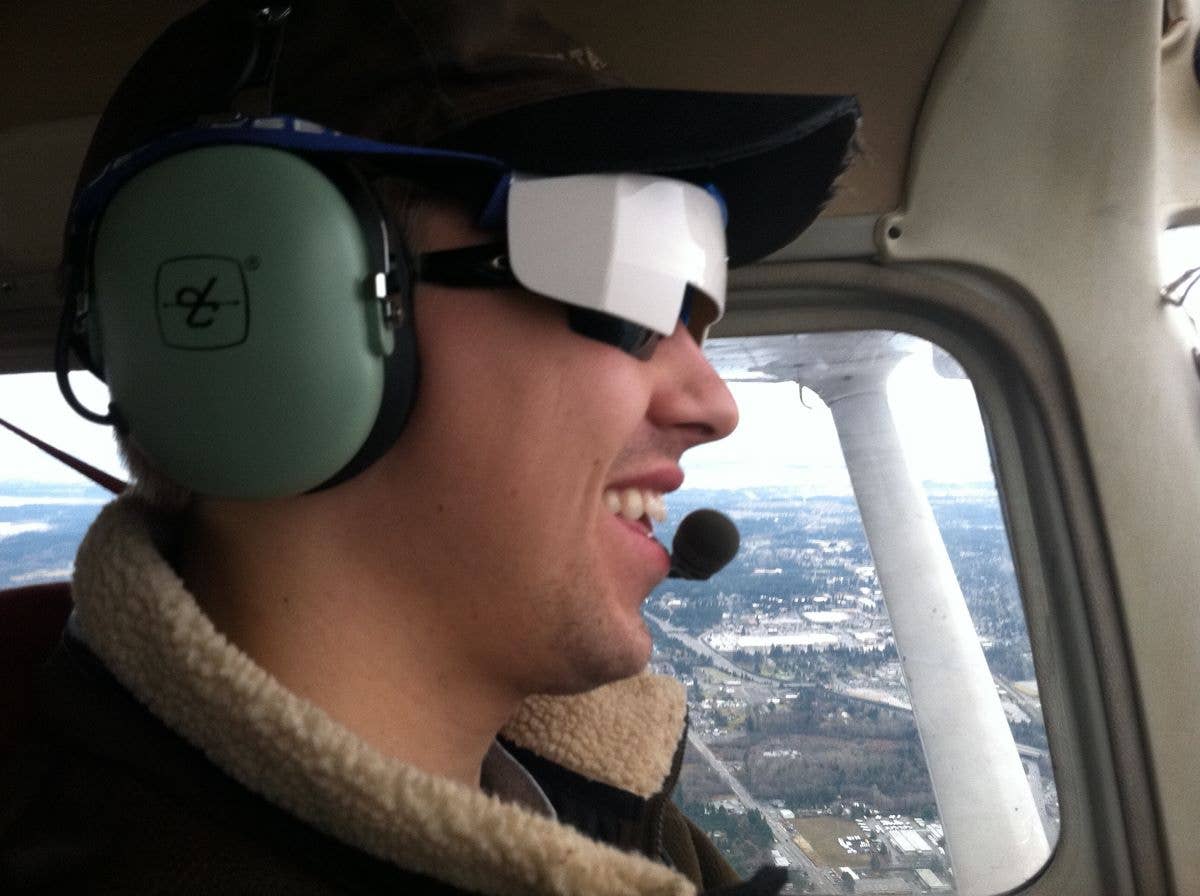Bose A30 Takes the Pressure Off
The latest in headsets from Bose, the A30, is lighter, with streamlined padding and less clamping force.
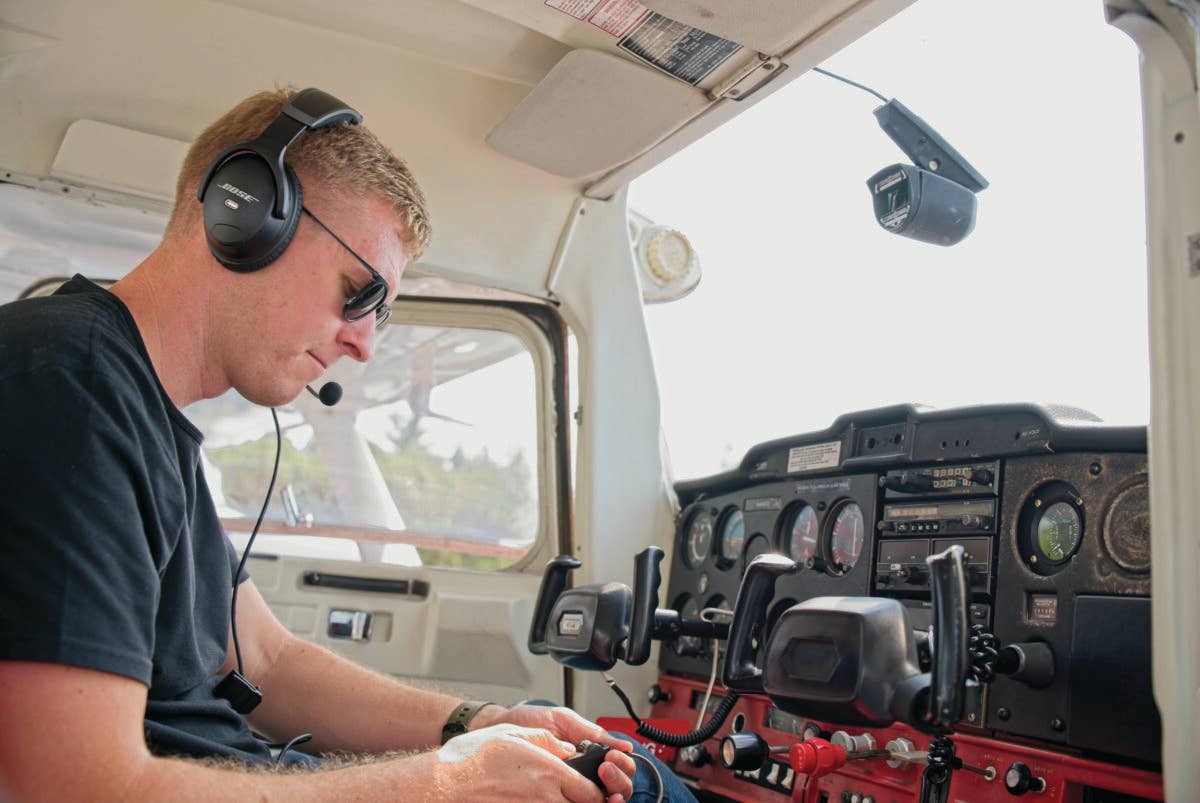
The Bose A30 weighs in at 14.2 ounces making it lighter than its predecessor, the A20. [Courtesy: Bose]
Do you remember the first time you wore an active noise reduction (ANR) headset? The new Bose A30 makes you appreciate the genre all over again.
I remember the first time I wore an ANR headset. I had thousands of hours underneath a pair of 1980s-era David Clarks—when I hit the power-on button, there was a noticeable reduction in noise, and transmissions became more clear.
I understood why the Bose A20s were so popular with pilots. That was back in 2010. The latest generation of Bose headset, the A30, was released in late March, and FLYING had the opportunity to test the headset before release.
If you're not already a subscriber, what are you waiting for? Subscribe today to get the issue as soon as it is released in either Print or Digital formats.
Subscribe NowMy review started with an assessment on the ground, and then time in flight focusing on the volume and clarity of the transmission. Although it may be hard to believe, the A30 shows improvement over the A20 it replaces in several ways.
The Weight
Right out of the bag, the A30 is slightly lighter than the A20. How much? According to Bose, the A30 tips the scale at 14.2 ounces, and the A20 is 14.46. While that’s not much of a difference according to the company, the A30 has less clamping force. That's because its weight is distributed differently along the headband.
And Bose styled that headband in a different way on the A30 than on the A20: The A30 features a pivot spring rather than a hinge found on the A20. Also, the headband padding on the A30 is more streamlined and effective than the faux fur-like band of the A20. Both result in less clamp force, which gives the impression that the A30 is significantly and noticeably lighter than the A20. The cups on the A30 also sit lower on the ears, giving the wearer a feeling of stability.
The battery compartment for the A30, like the A20, is easily accessible without the need for tools. On the exterior of the battery compartment, there is a switch to adjust the sensitivity of the headset using a scale of high, medium, and low modes.
High mode is recommended for louder cockpit environments, such as the propeller-driven aircraft that dominate the training fleet. The medium mode, designed for business jets, wasn’t quite enough for the situation in a piston trainer. There is also a low mode, recommended for commercial airliners and jets, or when a pilot needs to engage in interpersonal communication outside the intercom.
When the high and medium modes are engaged, the A30 has tap control for talk-through communication. Tapping an ear cup twice reduces the noise canceling in that ear to the low setting, so you can hear your copilot without having to remove the ear cup altogether.
The operation switch functions are located inside the battery compartment. The switches vary from model to model. There are Tap Control, Priority, Intercom, Auto Off, and Auto On switches. You need a small tool to press these switches, such as a pen or tiny screwdriver.
The headset cable can be mounted on either side of the headset without using tools. It can be reset to dress left or right by unplugging and plugging it in on the other side, similar to unplugging or plugging in a smartphone on a charger. For pilots who don't like cables all over the cockpit, this is a bonus. The cable has two clips to secure it in place no matter which side of the cockpit you want it on.
The carrying case for the A30 is designed for maximum protection and minimal space disruption in your flight bag. It is smaller than that of the A20 and has a zipper pouch for extra batteries. The zippers move easily, and you do not have to wrestle the headset into the bag.
Headset plugs and cables take a beating, especially at the flight school level. Bose recognized this and, during a press conference at the Sun ’n Fun Aerospace Expo in Lakeland, Florida, assured media members that the headset went through no fewer than 145 tests to determine its durability over the five years it was under development.
As I finished up my own initial assessment in flight—a few laps in the pattern—I found there were no issues. It was time for more advanced testing.
The Real Flight Test
For the first test, I flew a 1976 Cessna 172 from the left seat. The aircraft, known as “Babe,” belongs to Jack, one of my learners. It is loud inside the cockpit as it has minimal interior soundproofing. Jack did the flying while I focused on communications. We went out for a scenic flight on a “chamber of commerce” blue sky day—it was the first one we had in Seattle in a long time, so everyone, it seemed, was taking advantage of the good weather. Everybody and their dog and their dog's dog was up flying. This was not a day to miss or drop a transmission.
The first task was to launch out of Pierce County Thun Field (KPLU), a nontowered airport, and head west toward Tacoma Narrows Airport (KTIW), a Class D facility. It is a short flight; ergo it is radio intensive. I wanted the experience of serious tower communications. KTIW is a busy reliever for Seattle-Tacoma International Airport (KSEA) and has several flight schools, and they all seemed to have people in the air that day. I had no issues hearing the tower, and they did not have issues hearing me at either the towered or pilot-controlled airport.
I experimented with the high, medium, and low modes en route. My copilot could hear me on all three modes, but I heard him best on high.
The next day I took the A30 into the “family” Cessna 182. Justin, one of my airport sons who is a CFI, assisted. The 182 is a more powerful and louder airplane than the 172, but I am pleased to note I did not have to make significant adjustments to the A30. We headed to the south practice area and pulled up Seattle Approach to keep an ear on traffic. Although we did not obtain flight following, we listened for ATC clearing aircraft to the IFR fixes in our vicinity. I experimented with the tap controls and found them most effective.
- READ MORE: Bose Gives A30 Update at NBAA-BACE
The Devil Is in the Details
We take headset testing very seriously at FLYING, so I put it in every possible configuration I could think of. I started with the A30 wearing a baseball cap with one of those annoying buttons on the top—and then flying with a cap sans the button. On some headsets, the headband catches on the button, and this makes the ear cups fit poorly. The A30 did not have an issue when worn with either cap style.
You can get the hood-style view limiting device over the A30 with minimal effort, or wear the foggle-style devices. The sunglasses test was next. I have sunglasses with around-the-ear wires and bayonet-style earpieces. Both styles interfaced nicely with the A30.
Because of the reduced clamp force, I was concerned the headset would take leave from my ears in turbulence—some vigorous side-to-side head movement as if searching anxiously for traffic did not dislodge the headset in any cap/sunglasses combo.
There is a Bluetooth option to allow wireless connection to mobile devices, audio systems, and electronic flight bags. Users can configure it to audio with intercom audio or have intercom transmission muted. Users can mix Bluetooth audio with intercom audio or have intercom transmissions mute Bluetooth temporarily.
The much-loved A20 will not be available after current stock in the hands of distributors is exhausted. However, Bose will continue to support the headset throughout its lifetime. The A30 appears poised as a worthy successor to the Bose brand.
This review first appeared in the July 2023/Issue 939 print edition of FLYING.

Subscribe to Our Newsletter
Get the latest FLYING stories delivered directly to your inbox


